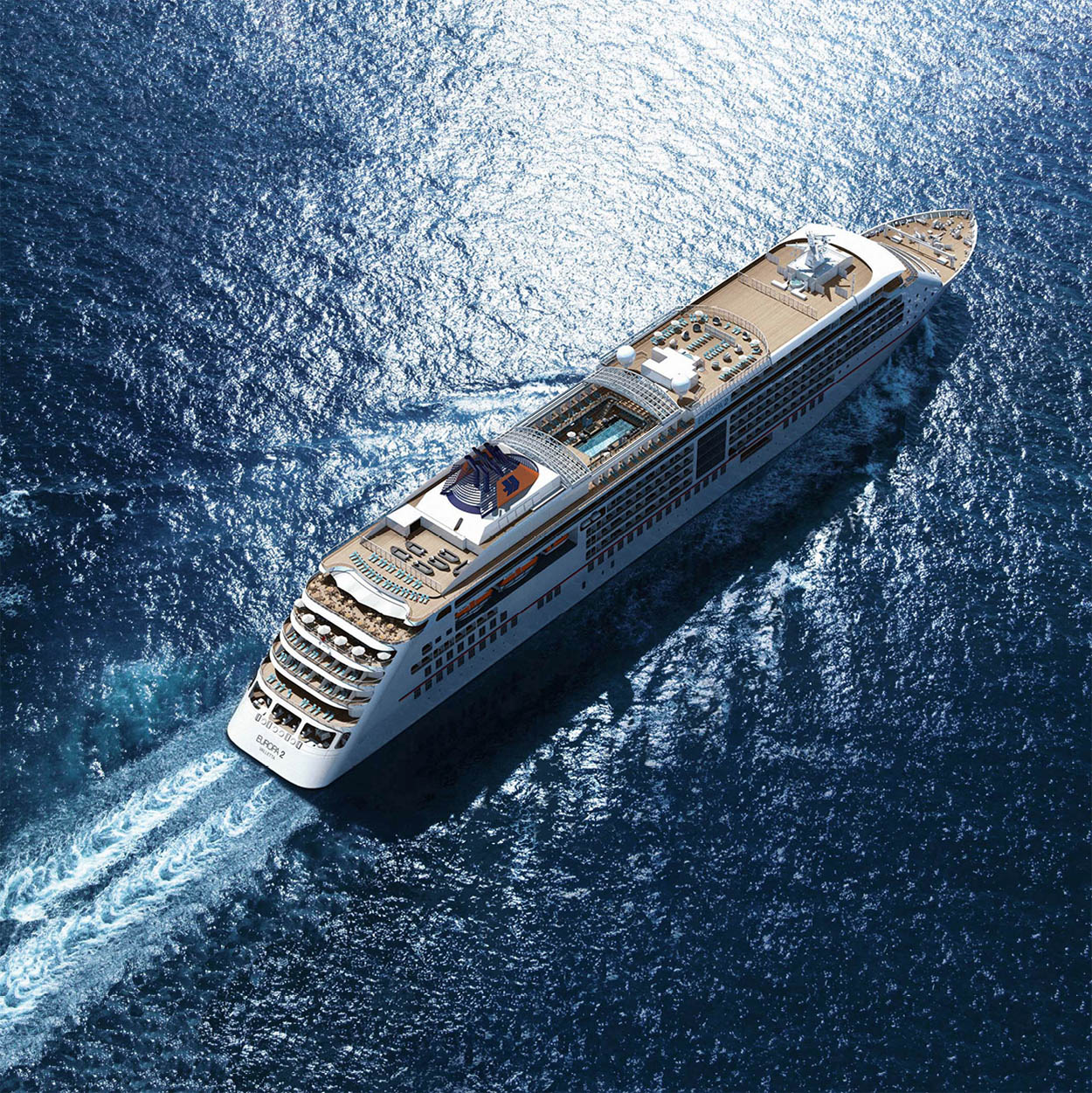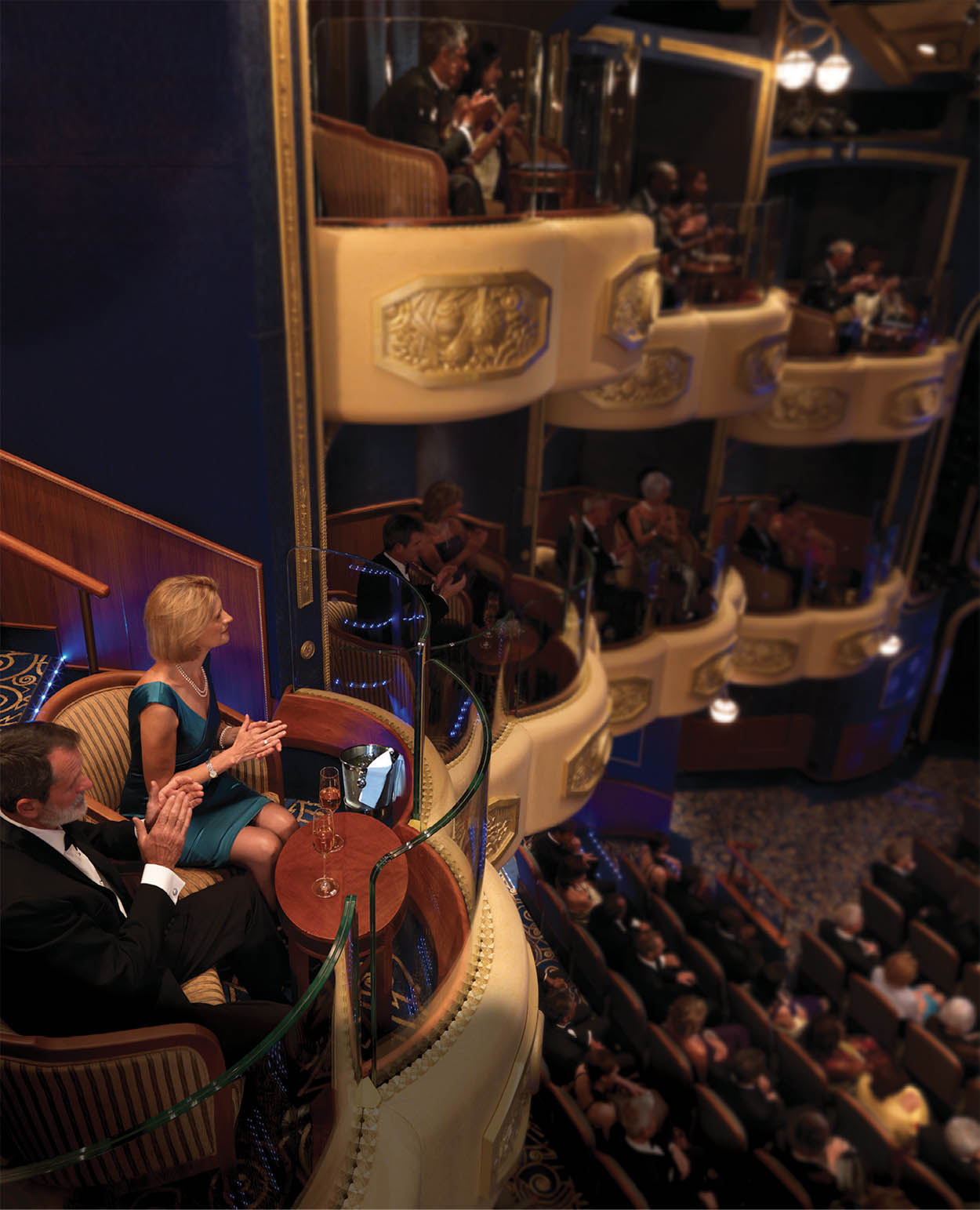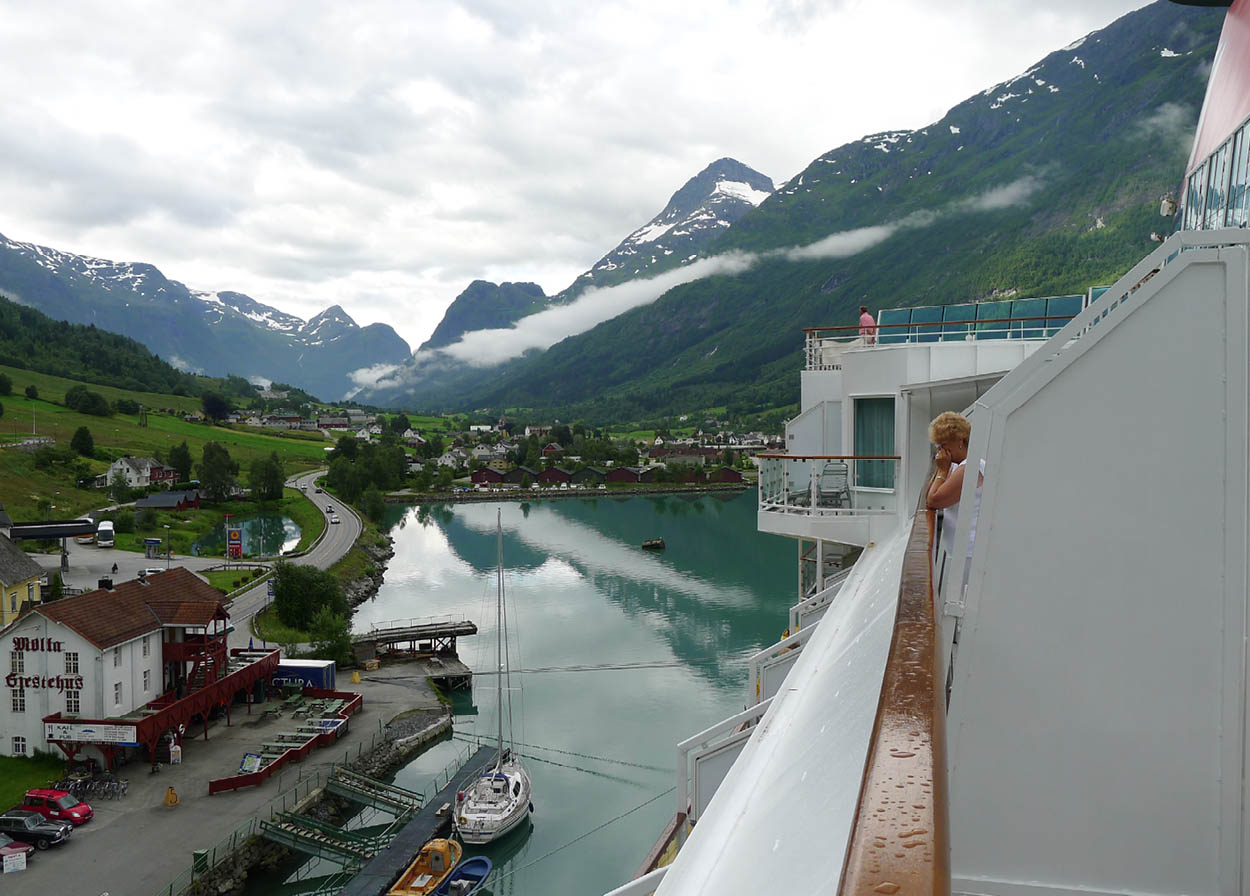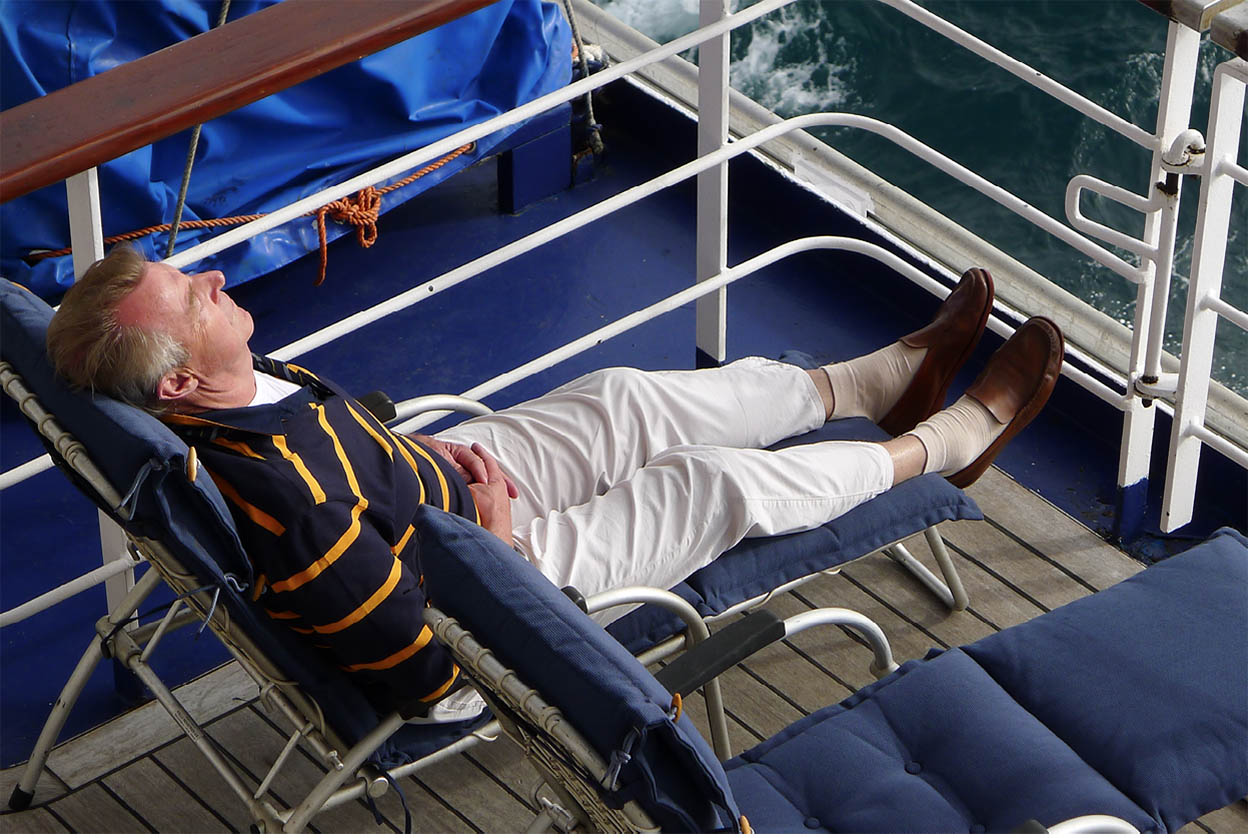Are you all at sea about cruise vacations, when it seems like everyone around you has taken a cruise, but you haven’t? Here are the basics you’ll need to know before casting off for the first time.
Actually, there are thousands of others like you. It’s a bit of an obstacle course, like trying to choose between different models of automobiles and deciding on all the optional extras before actually getting the car you want. About 75 cruise companies operate around 350 ocean-going cruise ships (not to mention over 1,000 river ships) in the business of cruise vacations.
Nothing has the potential to offer more variety, a better value, or a more unforgettable vacation experience than a cruise, and with a little planning it’ll all go smoothly. Look at it as a prepaid vacation – with extras you choose yourself. But, after your first cruise, be prepared for the feeling of addiction because it happens often.
You’ll need to do a little planning in order to find the right ship and cruise to suit your needs – whether you are a lively young couple, a family with children, sophisticated and well-traveled seniors, or you want unabashed luxury and total relaxation.

Europa 2, by Hapag-Lloyd Cruises.
Hapag-Lloyd Cruises
What exactly is a cruise?
A cruise is a vacation – an escape from the stresses and strains of life on land. It is virtually a pre-paid, hassle-free, and more importantly, a crime-free vacation where you only have to pack and unpack once. You seldom have to make blind choices, you sleep in the same bed each night, and the ship moves the scenery for you.
Everything’s close at hand, and there are always polite people to help you. A cruise provides a chance to explore new places, meet new people, and make new friends and, above all, the ingredients for a delightful vacation. It can facilitate multi-generational togetherness, solo adventuring, or escapism for couples. And, some of the world’s most beautiful places are seen best from the deck of a cruise ship.
What a cruise is not
Some cruises simply aren’t relaxing despite cruise brochure claims that ‘you can do as much or as little as you want to.’ For example, large resort ships carrying between 1,750 and 6,400 passengers pack lots of people into small cabins and provide almost nonstop activities and entertainment.
Reasons to take a cruise
Value. A cruise represents the best vacation value for your money. Period! A cruise is a well-packaged vacation that includes so many things, and you don’t have to constantly make decisions.
Convenience. You can probably drive to your port of embarkation. If not, the cruise line can make all the arrangements, including flights, baggage handling, and transfers to and from the ship. And you only have to unpack once!
Choice. There are over 30,000 cruises to choose from! You can cruise the Caribbean, Alaska, South America, Europe, the Greek Isles, the Middle East, Southeast Asia, the South Pacific, the Arctic, and Antarctica. And that’s just the beginning!
See new places. A cruise provides you with a chance to see new places. You simply board, and the ship will change the destination for you – almost daily. Organized excursions can add to the sense of discovery.
Comfort. A cruise ship suite or cabin is your home away from home. It can be as small as a tent (at about 60 square feet) or as large as a villa (at 3,000 square feet), or anything in between.
Good Food. Dining is one of the greatest pleasures of ship life, and all your meals are included from breakfast through to late-night snacks.
Family Togetherness. Cruising is great for families with children. Many ships have well-supervised activities for kids – and it’s a safe, friendly environment. Cruising is also an excellent way for groups of friends to vacation together for lifelong memories.
Learning Experience. Most cruise ships have guest speakers/lecturers, so you can learn while you cruise.
Make new friends. A cruise ship provides a relaxed environment in which to make new friends – some you may keep for life.
Adventure. A cruise can be an adventure. It can take you places that are impossible to reach by almost any other means, such as the Antarctic Peninsula, the Arctic, or to remote islands. A cruise can inspire the explorer in you.
Staying Healthy. A cruise allows you to pamper yourself in a spa, although body-pampering treatments are at extra cost. And, with all the available food, learn to pace yourself, and you’ll stay healthy.
Entertainment. Cruise ships provide a wide range of professional entertainment, from spectacular Vegas-style production shows to intimate piano, guitar, and jazz bars. And during the day, there are activities, fun, and games galore – enough to keep even the active occupied.

Royal Court Theatre aboard Queen Elizabeth II.
Cunard/Indusfoto
How long does a cruise last?
The popular standard length is seven days, although cruises can vary from two-day party outings to exotic voyages around the world of three or more months. For your first cruise, consider trying a short cruise to ‘get your feet wet.’ After that, the world awaits.
About the price
Price is, of course, a consideration for most people. The amount you are prepared to spend will determine the size, location, and style of accommodation you get. Be wary of huge discounts – it either means that the product was unrealistically priced at source or that quality is reduced somewhere.
10 Question to Ask Your Booking Agent
1. What size ship would you recommend?
2. What should I budget for the cruise?
3. What kind of accommodation would suit my tastes and budget?
4. What is included in the cruise price?
5. What is not included?
6. What is the ship’s onboard ambience like?
7. What facilities does the ship have?
8. What kind of food and service is provided?
9. What kind of entertainment should I expect?
10. What are the Internet or Wi-Fi charges?
Will I need a passport?
Yes. You’ll need to ensure that any appropriate authorizations and visas are obtained ahead of your cruise. If you already have a valid passport, make sure you have at least six months left on your passport at the end of the cruise. If you don’t have a passport, allow plenty of time to apply for one. Also, some ports (such as Venice, Italy, and all ports in Russia) require you to carry your passport when ashore.

Visiting the Norwegian fjords aboard Balmoral (Fred. Olsen Cruise Lines).
Douglas Ward
10 Steps to a good first cruise experience
1. Find a Cruise Specialist. Although the Internet is a popular research tool, it pays to find a specialist cruise agent as soon as possible (note that some Internet-only ‘agencies’ with slick websites have been known to disappear without trace – with your money).
Describe your preferences (relaxation, visiting destinations, adventure, activities, or fun), so that the specialist can suggest what’s appropriate. A good cruise specialist agent will then find a cruise that is right for you, for the right reasons, and find the best fares available.
They can guide you through all the important details, such as choice of cabin, dining seating, ships, and cruise lines best suited to your needs. Their advice and help costs nothing; they also have insider tips, as well as knowledge about upgrades, pre- and post-cruise programs, and hotel and other travel arrangements.
2. Where To? Choose where you want to cruise (Bahamas, Bermuda, Caribbean, Alaska, Hawaii, USA east coast, Baltic, Northern Europe, Mediterranean, Indian Ocean, Southeast Asia, Australia/New Zealand, South Africa, South America, South Pacific). And when you want to cruise (Alaska is only in the summertime, when the Caribbean may be too hot for you; Northern Europe is best in the summer, although South America and Southeast Asia are best in the winter). If you are interested in a special theme, choose accordingly (example: Carnival in Rio, Formula One racing in Monte Carlo).
3. How Long? Decide on the length of cruise vacation you can afford to take. Allow traveling time to get to and from your ship, particularly if it is in a region far from home, or during winter. The standard length of cruise in the Caribbean, for example, is seven days (although short-break Bahamas or Mexican Riviera cruises for three or four days are popular, too), but in Northern Europe it is more like 12–14 days, while for an around-South America cruise, you’ll need to plan for 30 days or more. For visiting the Antarctic Peninsula, allow 21 days. Finally, a complete around-the-world cruise will take 90–120 memorable days.
4. Choose the Right Ship. Size matters! Choose the right size ship for your needs. Do you want to be with 100, 200, 500, 1,000, or 5,000-plus others on your vacation? As a rule of thumb, the larger the ship, the more the cruise itinerary focuses on the ship as the destination.
Or perhaps you would like to experience cruising under sail; or with specialist lecturers; or an adventure/expedition cruise; or a coastal and inland waterways cruise; or with a large spa and choice of body-pampering treatments; or aboard a ship with non-stop entertainment and fun activities.
5. Choose the Right Cabin, For a first cruise, choose an outside-view cabin. In an interior (no-view) cabin you won’t know how to dress when you wake up because you can’t see what the weather is like outside (although interior no-view cabins are good if you like to sleep in a really dark room). If you are concerned about motion sickness (it’s not common, but it can happen), choose a cabin in the mid-section of the ship.
The average cabin size aboard a large resort ship is 180–200 sq ft (16.5–18.5 sq m); anything less and you will feel cramped. With limited closet space, you’ll need fewer clothes than you might think. The more space you want, the more it will cost. Today, many passengers like to have a private balcony.
6. Dining. If the ship still has two seatings for dinner – as many large resort ships do – it could be wise to choose the later seating (typically 8:30pm), so that you have enough time ashore on the days the ship is in port without having to rush back to shower and change for the first seating, which is typically at 6:30pm.
Some ships have several dining venues, and you go where and when and with whom you like.
7. Health and Fitness. If you are interested in wellness or spa treatments, ask your agent to make sure that your chosen ship has adequate facilities, space, and equipment. Note that aboard some of the largest ships, you’ll need to sign up for many exercise classes, and there may be a 30-minute time limit to use the treadmill or video bike.
It’s best to book early for spa treatments, because the appointment times go quickly. Some cruise lines with large resort ships allow you to book online, although this means planning your time in advance.
8. Families. If you have a family, choose a family-friendly ship. While most large resort ships have good facilities, mid-size and small ships have more limited facilities. Some have none at all. Children love cruising – it’s an educational, fun, learning, entertaining and social experience for them.
Conversely, if you don’t want to cruise with lots of children, avoid the main school vacation periods. For those who don’t want children around them, there are several child-free ships to choose from.
9. Dress Codes. Dress codes today are informal, if not downright casual, particularly aboard the large resort ships. So, no tux needed (exception: a transatlantic crossing aboard Cunard Line’s Queen Mary 2, when dressing more formally is part of the crossing tradition). Do remember that ships move, however; so flat (or low heel) shoes are strongly recommended for women.
10. Extra Expenses. Finally, you’ll need to budget for extra-cost items such as shore excursions, drinks (unless they are included), meals in any ‘specialty’ dining venue, spa treatments, gaming, and other personal items. Also, allow some additional money to cover souvenirs and other purchases. Last, but not least, make sure you have full insurance cover for your vacation.

Relaxing on a deckchair on a transatlantic crossing with the Cunard line.
Douglas Ward
Digital details
Today, many passengers use smartphones and tablet computers, and expect to be able to use these devices during their cruise. But you should know the details before you travel, so you can make the best decision on how to use your digital devices.
You can’t use your smartphone or tablet for embarkation check-in yet (unlike some airlines), but you can use your device aboard ship – in port. However, once you leave port, your mobile/smartphone will automatically lock into the ship’s digital network, and this will incur a charge. Once at sea, your mobile/smartphone is out of range with your land-based carrier and locks into a ‘mini-cell’ aboard a ship (Cellular at Sea), controlled by the MTN (Marine Telephone Network).
How to get the best deal
Find out what’s available by reading newspaper advertising and checking the Internet. Then identify a travel agency that specializes in cruises. In some countries, such as the UK, they’ll be bonded if they belong to a shipping association. A good agent will get you the best price, as well as upgrades and other benefits you won’t be able to get elsewhere.
Big travel agency groups and consortiums often reserve large blocks of cabins, and smaller independent agencies can access extensive discounts, upgrades, and other benefits not available on the Internet. Because the cruise lines consider travel agents as their principal distribution system, they can provide special discounts and value-added amenities that aren’t provided to Internet sites.
The ship’s digital shipboard system will ask you to establish a user name and password before allowing you to access websites or your e-mail. Computer and tablet users should note that each ship-received e-mail arrives separately and takes longer to load. This is because ships use different software from home-based systems, and you will share the space with marine requirements. Wi-Fi is available aboard many ships – at extra cost.
Some mobile phone carriers (example: Verizon in the USA) have a Preferred Carrier List built into every phone that pre-selects preferred carriers throughout the world with whom they have roaming agreements – at optimum rates to the carrier.
Also, be aware that some ships have notices outside restaurants prohibiting the use of mobile phones. The best advice is to leave your smartphone in ‘Airplane Mode’ – which turns of all wireless services, but allows you to use your device as a camera, music player, and e-book reader without being charged.
Blackberry/SmartPhone Tips
Turn off Data Roaming and you won’t incur data roaming charges. Turn off Location Services, which will prevent some apps from constantly trying to update your location. Turn off Data Push, because some e-mail accounts, like Gmail, push the data to your SmartPhone. This will incur charges even if you don’t open any e-mails. Turn off Data Synchronization, because it consumes bandwidth trying to keep your accounts up to date.